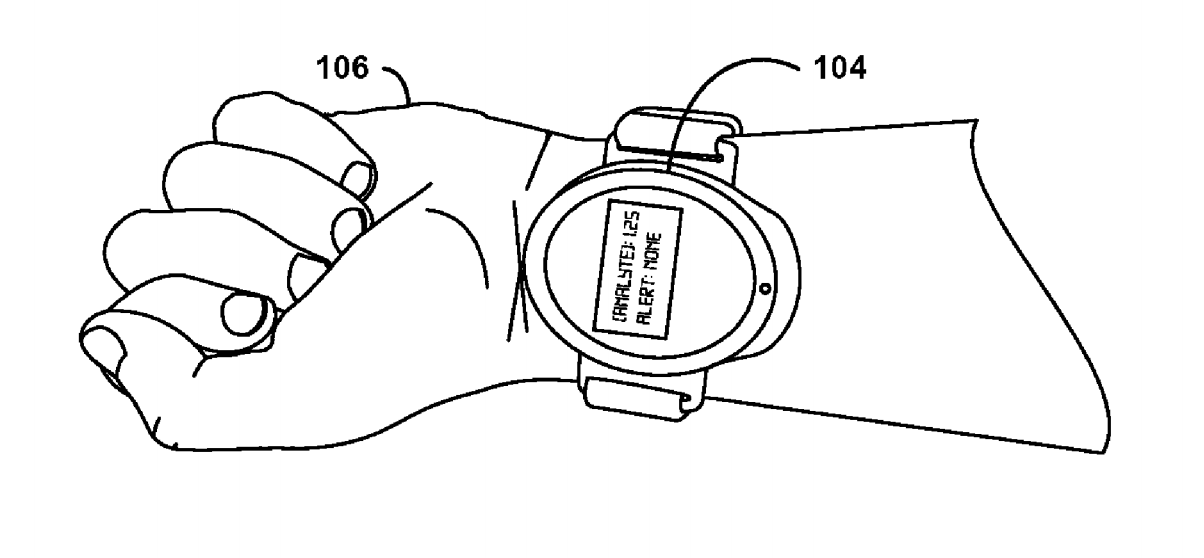Google filed a patent for a mechanism in which wearables could draw blood without the use of a needle and provide users with information about their health.
The technology would allow devices such as smartwatches to draw a tiny amount of blood from a person’s fingertip (or other part of the body) without the use of a needle.
In a nutshell the mechanism involves sending a pulse of gas into a barrel which contains a micro-particle capable of penetrating the skin to draw a ‘micro-emergence’ of blood.

Source: United States Patent and Trademark Office
A more detailed look at how the technology works is revealed in the patent, titled ‘needle-free blood draw’, which says:
“A device can include an evacuated negative-pressure barrel with a membrane sealing an aperture at a distal end, and a housing affixed to a proximal end. An accelerator barrel can be positioned within the negative-pressure barrel and fixed to the housing, and an open distal end aligned with the aperture.
“The chamber can be filled with pressurized gas, and a trigger valve can hydrostatically separate the chamber from the proximal end of the accelerator band. A micro-particle positioned within the accelerator barrel can be accelerated to high speed by an abrupt surge of gas by releasing the trigger valve.
“The micro-particle can attain enough momentum to pierce the aperture membrane and penetrate adjacent dermal tissue. A resulting micro-emergence of blood can be drawn into the negative pressure barrel.”
The process described is a much quicker means of drawing blood compared to the conventional method of using a needle – not to mention less messy.
The technology would make it easier and less of a hassle for diabetics to regularly monitor their blood glucose levels.
However, just because the company filed a patent for the technology doesn’t necessarily mean that it will come out.
Google told The Verge: “We hold patents on a variety of ideas – some of those ideas later mature into real products or services, some don’t. Prospective product announcements should not necessarily be inferred from our patents.”
